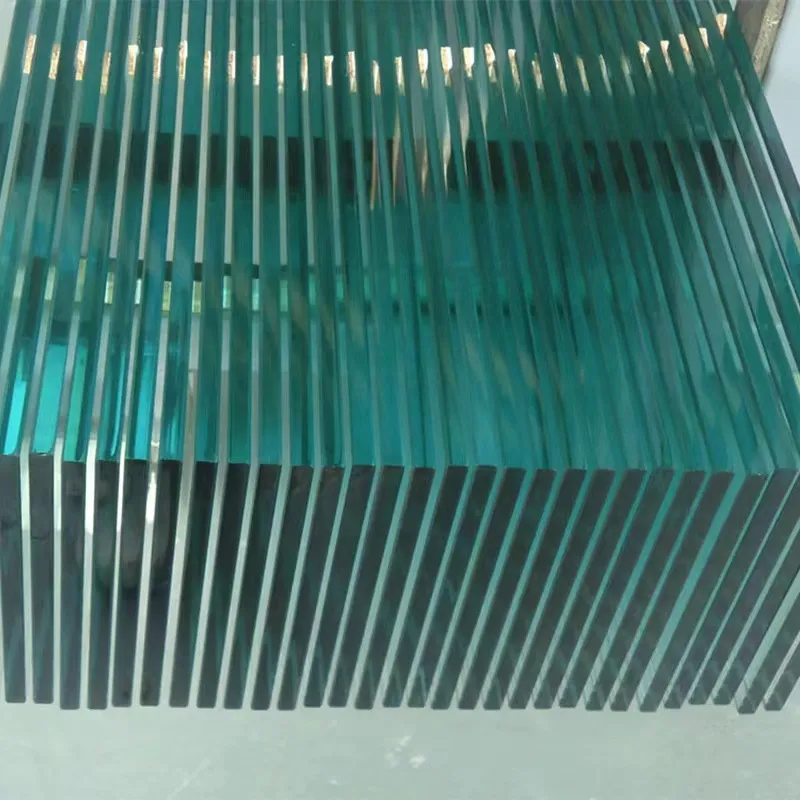Understanding Tempered Glass Quality A Key to Safety and Durability
Tempered glass, also known as toughened glass, plays a crucial role in various applications, from architecture to automotive industries. Its enhanced strength and safety features make it a preferred choice for homeowners, businesses, and manufacturers. This article delves into the quality of tempered glass, outlining its production processes, benefits, and factors that contribute to its overall integrity.
Production Process of Tempered Glass
The quality of tempered glass begins with its manufacturing process. Tempered glass is created through a process of extreme heating and rapid cooling. First, the glass is cut to the desired size and shape before being heated in an oven to about 620-650 degrees Celsius. This high temperature alters the structure of the glass, making it more durable. After maintaining this temperature for a specified time, the glass is rapidly cooled using air jets. This cooling process is pivotal; it introduces compressive stress on the surface of the glass and tensile stress within, which significantly enhances its strength compared to standard glass.
An essential aspect of ensuring quality tempered glass is adhering to international standards and regulations. Various organizations, such as the American National Standards Institute (ANSI) and the Glass Association of North America (GANA), establish guidelines that manufacturers must follow. Compliance with these standards assures consumers that the tempered glass has undergone rigorous testing and meets safety requirements.
Benefits of Tempered Glass
The quality of tempered glass manifests in numerous benefits. One of the most significant advantages is its impact resistance. Tempered glass is approximately five to six times stronger than regular glass of the same thickness. This durability makes it an excellent choice for buildings, showers, and vehicle windows, where the risk of breakage is pronounced. In the event of a break, tempered glass shatters into small, blunt pieces rather than sharp shards, significantly reducing the risk of injury.
tempered glass quality
Additionally, tempered glass can withstand extreme temperature variations, making it suitable for applications such as oven doors or glass railings exposed to the elements. Its thermal resistance is another quality that enhances its usability in diverse environments. Furthermore, tempered glass offers aesthetic appeal; it comes in various thicknesses, finishes, and tints, allowing architects and designers to creatively integrate it into their projects without compromising on safety.
Factors Affecting Quality
While the production process determines the initial quality of tempered glass, several factors can influence its performance and longevity. The quality of the raw materials used in manufacturing is paramount. Low-quality raw materials can lead to inconsistencies and defects in the finished product, compromising safety and functionality. Additionally, the precision in the heating and cooling process significantly affects the final strength of the glass. Manufacturers must carefully control the temperature and time to ensure that the glass reaches the necessary thermal threshold.
Another critical factor is the installation process. Even the highest quality tempered glass can fail if not properly installed. It’s essential to use appropriate edging and fittings to avoid excessive stress concentration in certain areas. Furthermore, regular maintenance is vital to preserve the quality of tempered glass. Cleaning with suitable materials and avoiding harsh chemicals can prevent deterioration over time.
Conclusion
In conclusion, the quality of tempered glass is integral to its effectiveness and safety across various applications. Understanding its production process, benefits, and the factors that influence its integrity allows consumers and professionals to make informed decisions. As technology advances and new standards emerge, the glass industry will continue to evolve, ensuring that tempered glass remains at the forefront of safety and durability. Whether used in residential, commercial, or industrial settings, the superior qualities of tempered glass make it a material of choice for builders and designers committed to quality and safety.
 Afrikaans
Afrikaans  Albanian
Albanian  Amharic
Amharic  Arabic
Arabic  Armenian
Armenian  Azerbaijani
Azerbaijani  Basque
Basque  Belarusian
Belarusian  Bengali
Bengali  Bosnian
Bosnian  Bulgarian
Bulgarian  Catalan
Catalan  Cebuano
Cebuano  Corsican
Corsican  Croatian
Croatian  Czech
Czech  Danish
Danish  Dutch
Dutch  English
English  Esperanto
Esperanto  Estonian
Estonian  Finnish
Finnish  French
French  Frisian
Frisian  Galician
Galician  Georgian
Georgian  German
German  Greek
Greek  Gujarati
Gujarati  Haitian Creole
Haitian Creole  hausa
hausa  hawaiian
hawaiian  Hebrew
Hebrew  Hindi
Hindi  Miao
Miao  Hungarian
Hungarian  Icelandic
Icelandic  igbo
igbo  Indonesian
Indonesian  irish
irish  Italian
Italian  Japanese
Japanese  Javanese
Javanese  Kannada
Kannada  kazakh
kazakh  Khmer
Khmer  Rwandese
Rwandese  Korean
Korean  Kurdish
Kurdish  Kyrgyz
Kyrgyz  Lao
Lao  Latin
Latin  Latvian
Latvian  Lithuanian
Lithuanian  Luxembourgish
Luxembourgish  Macedonian
Macedonian  Malgashi
Malgashi  Malay
Malay  Malayalam
Malayalam  Maltese
Maltese  Maori
Maori  Marathi
Marathi  Mongolian
Mongolian  Myanmar
Myanmar  Nepali
Nepali  Norwegian
Norwegian  Norwegian
Norwegian  Occitan
Occitan  Pashto
Pashto  Persian
Persian  Polish
Polish  Portuguese
Portuguese  Punjabi
Punjabi  Romanian
Romanian  Russian
Russian  Samoan
Samoan  Scottish Gaelic
Scottish Gaelic  Serbian
Serbian  Sesotho
Sesotho  Shona
Shona  Sindhi
Sindhi  Sinhala
Sinhala  Slovak
Slovak  Slovenian
Slovenian  Somali
Somali  Spanish
Spanish  Sundanese
Sundanese  Swahili
Swahili  Swedish
Swedish  Tagalog
Tagalog  Tajik
Tajik  Tamil
Tamil  Tatar
Tatar  Telugu
Telugu  Thai
Thai  Turkish
Turkish  Turkmen
Turkmen  Ukrainian
Ukrainian  Urdu
Urdu  Uighur
Uighur  Uzbek
Uzbek  Vietnamese
Vietnamese  Welsh
Welsh  Bantu
Bantu  Yiddish
Yiddish  Yoruba
Yoruba  Zulu
Zulu 

